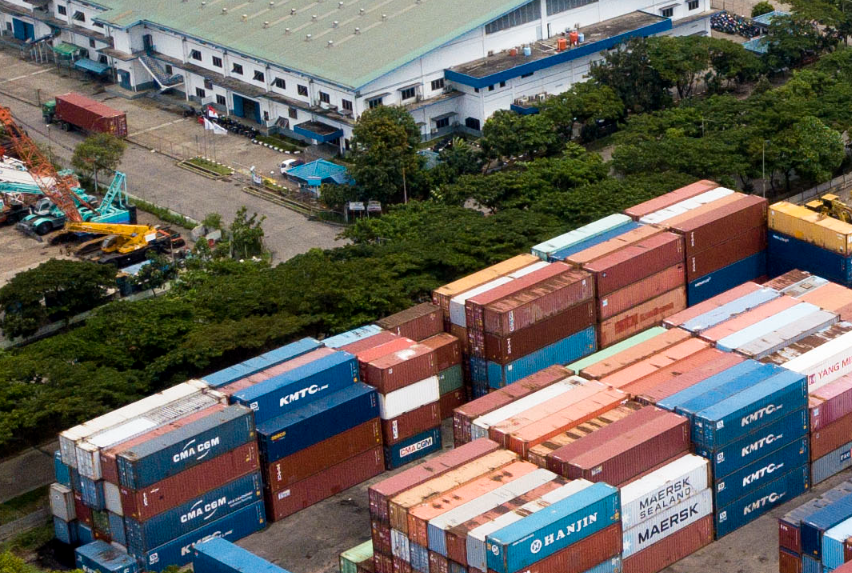Revealing the Challenges of EPC Project Imports: Integrated Logistics Strategies That Can Save Billions
Real Challenges in EPC Projects
For players in EPC (Engineering, Procurement, Construction) projects, success is not just about design and construction, but also about ensuring that required goods arrive on time and in good condition.
The problem is, the import process for projects is often full of uncertainty. Global geopolitical situations can cause fluctuations in raw material prices, shipping costs, and even sailing schedules. Ships may change routes, cargo space can be limited, or transportation costs may suddenly spike.
For a project valued at around Rp50 billion, an additional cost of 2–4% due to delays or unexpected expenses could mean hundreds of millions of rupiah lost—not to mention the impact on schedules and manpower.
Impact of Poor Management
-
Costs ballooning: rising freight rates, storage charges at ports (demurrage/detention), or extra handling fees.
-
Schedule delays: if one critical component is late, other work may be held up.
-
Damaged reputation: the project may appear out of control in the eyes of clients or owners.
Strategies to Reduce Risk and Cut Costs
1. Plan Together from the Start
Procurement, logistics, and construction processes should be designed together. Determining which goods are most critical, when they must arrive, and which documents must be ready will help prevent mid-project issues.
2. Leverage Bonded Logistics Centers (PLB)
A PLB is a special storage facility that offers flexibility in timing and import taxes. By storing imported goods in a PLB, companies can:
-
Purchase and ship goods earlier when prices are stable.
-
Keep goods safe until the project is ready to receive them.
-
Handle import documents and permits without time pressure.
-
Release goods gradually according to on-site needs.
In uncertain geopolitical conditions, this strategy helps avoid delays caused by route changes or sailing schedule disruptions.
3. Use Integrated Tracking and Reporting Systems
A digital system connected to procurement teams and the field ensures everyone sees the same data: goods status, estimated arrival, and document readiness.
4. Choose the Right Partner
Not all logistics companies can handle EPC projects. Choose one that:
-
Has experience managing projects with multiple parties and tight deadlines.
-
Understands import regulations, customs facilities, and technical licensing processes.
-
Has procedures and systems that allow full traceability of goods to the installation stage.
5. Staged Shipments According to Project Schedule
For projects like smelters, factories, or data centers, staged shipments prevent warehouse congestion at construction sites. A PLB acts as a “buffer” to keep site operations smooth.
Simple Illustration
A project worth Rp50 billion has logistics costs of around 10–14% of the total value. If import delays or freight surges cause a 2% increase, that’s an extra Rp1 billion.
With strategies like early purchasing, PLB storage, and staged release of goods, much of this unexpected cost can be avoided.
Conclusion
The right logistics strategy is not only about saving money—it’s about keeping field operations on track. Leveraging PLB facilities, planning together from the start, and choosing experienced partners will help EPC projects run more smoothly, even in the midst of global uncertainty.
